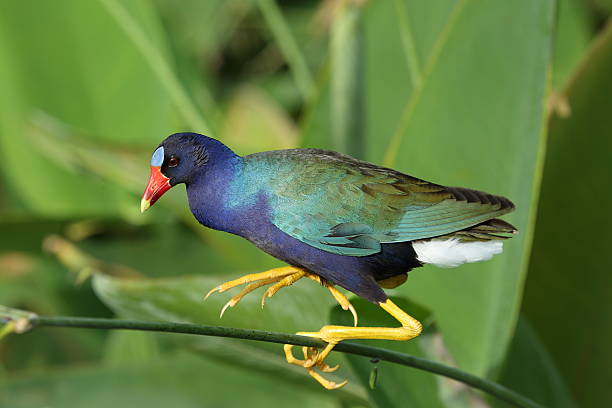Say you spend your childhood playing in smoky industrial prairies and wetlands at Chicago’s southeastern edges. How the hell are you going to become a birder. Or—better word—a birdwatcher. (Always had trouble with that popular word, “birder,” but we cover that gripe in another post long ago and not so far away).
How is a kid going to become a birdwatcher when nature is found beneath steel mill smokestacks, a mile from a paint refinery as the crow flies…and neighbors with a municipal dump. Yeah, crows do fly there. Don’t be surprised. Here’s something you might not expect. ALL the birds are there. The whole Chicago-area aviary.
The air doesn’t smell like pristine forest. Still, birds are where you find ‘em, where they have a mind to be, even where the pollution is. Goes against expectations. But birds have little interest in what we expect. Say you’re ten years old and exploring the prairie in the smog of a summer afternoon. You and friends were looking for snakes by lifting a flat rock or chunk of garbage, and pygmy rattlers would wriggle away while you’d jump and whoop, feeling like jungle explorers.
But then you see a Purple Gallinule. Time stops. This is not a backyard bird. It’s an ad for Jurassic Park. It gets you interested in birds. For life. You investigate, learn its name, its origin, its habits. Basically you like its brash coloration and knowing you know stuff about it. You become a two-fisted birdwatcher. Starting in the rank-smelling warm winds blowing across prairies near factories. An unexpected origin for wildlife and a wild lifelong interest.


